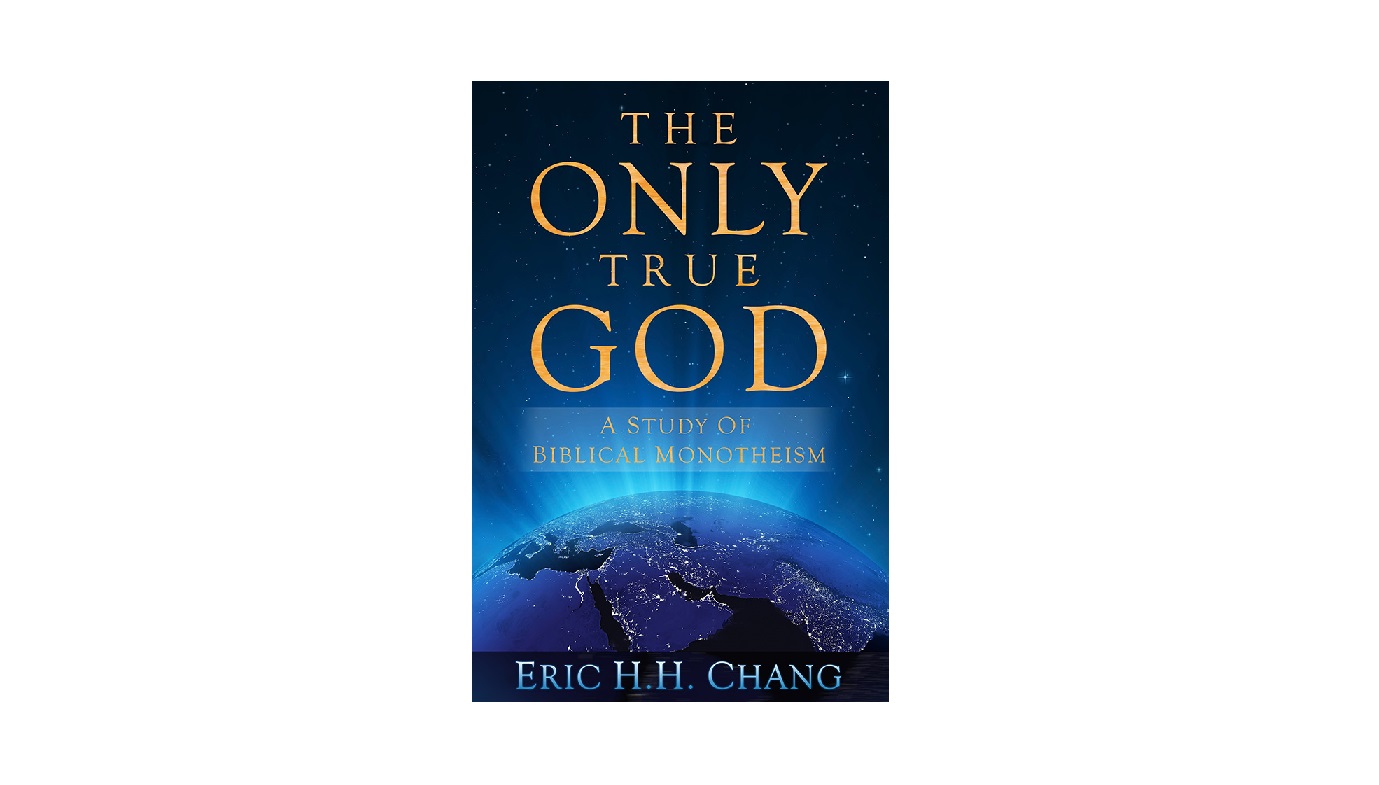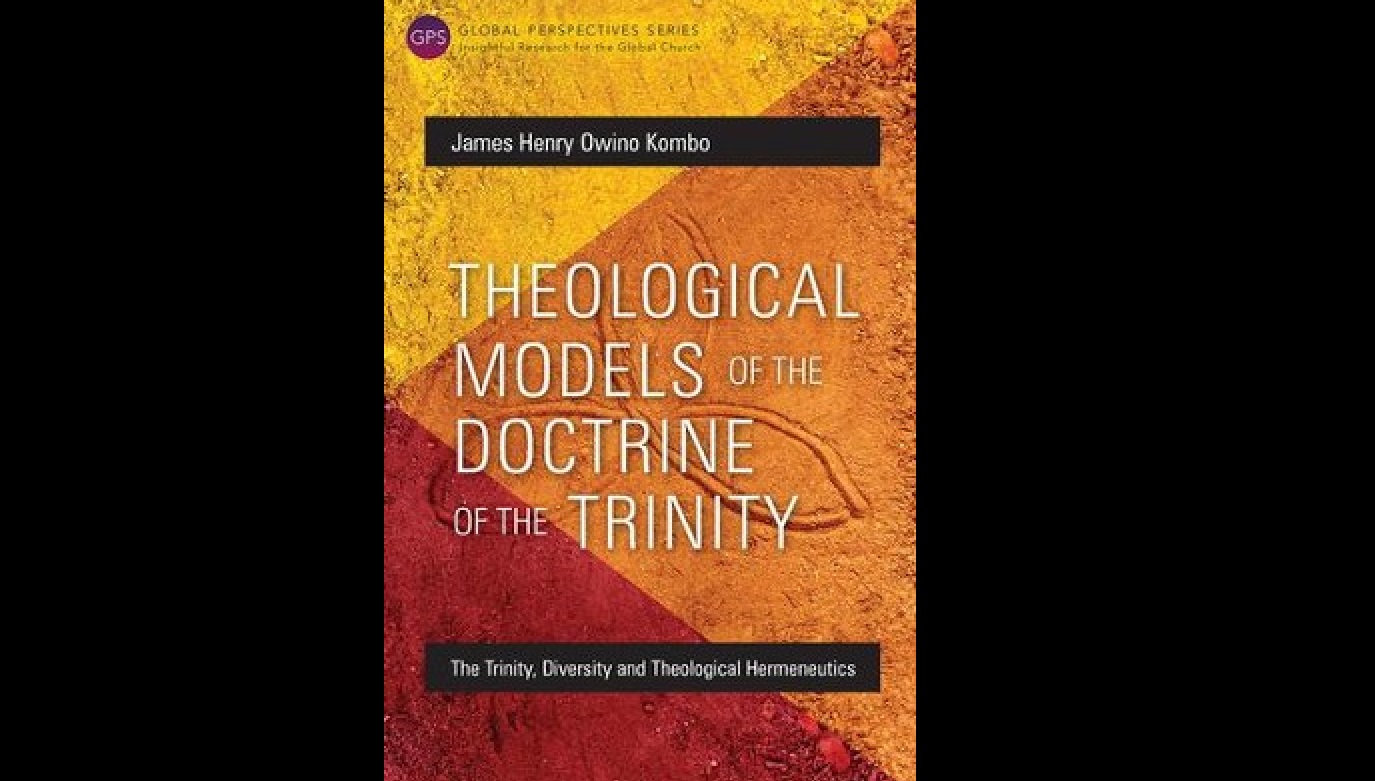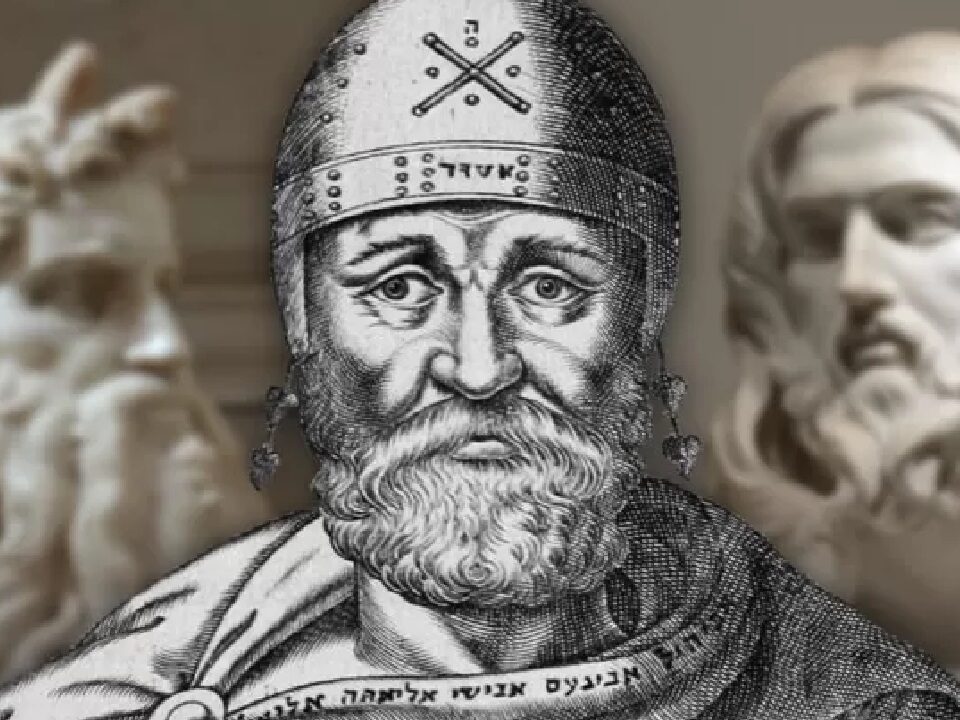
Are Trinitarians Monotheists?
December 6, 2023
Plato & the Church Fathers
January 7, 2024Dr. J.D.G Dunn, Adam Christology

Dunn, Christology in the Making, pp 119-21.
If our conclusion is sound, that Phil. 2.6-11 is through and through an expression of Adam Christology, then the question of whether it also speaks of Christ’s pre-existence becomes clearer. The point to be grasped is that the question cannot be answered without reference to the Adam Christology which forms the backbone of the hymn. Since the thought is dominated by the Adam/Christ parallel and contrast, the individual expressions must be understood within that context. The terms used in the hymn do not have an independent value; their sense is determined by their role within the Adam Christology, by their function in describing Adam or more generally God’s purpose for man.
This means that the initial stage of Christ’s odyssey is depicted as equivalent to Adam’s status and choice in the garden. Now Adam was certainly not thought of as pre-existent – though perhaps strictly speaking as pre-historical, or, being the first man on the earth, as transhistorical/typical. So no implication that Christ was pre-existent may be intended.
If Christ walks in Adam’s footsteps then Christ need be no more preexistent than Adam. Nor indeed is there any implication that Christ was contemporaneous with Adam, acting in a similarly transhistorical situation.
In point of fact, in earliest Christian Adam theology Christ always presupposes Adam, Christ’s odyssey presupposes the plight of Adam, of Adam’s offspring. As 1Cor. 15.45ff. insists, the temporal order is clear: Adam first, Christ second – Christ is last Adam, Adam precedes Christ. Adam was not a copy of a pre-existent Christ, but ‘a type of him who was to come’ (Rom. 5.14). It would seem therefore that the point of the parallel between Adam and Christ is not dependent on any particular time scale – pre-existence, pre-history or whatever. The point being rather on the choice confronting Adam and Christ. The Philippian hymn does not intend to affirm that Jesus was as historical or as prehistorical as Adam, but that the choice confronting Christ was as archetypal and determinative for mankind as was Adam’s; whether the choice was made by the pre-existent Christ or the historical Jesus is immaterial to the Philippian hymn.
Here then we can see the point of Murphy-O’Connor’s initial criticism and the danger for good exegesis of assuming too quickly that the phrases ‘being in the form of God’ and ‘becoming in the likeness of men’, necessarily imply a thought of pre-existence. For the language throughout, and not least at these points, is wholly determined by the creation narratives and by the contrast between what Adam grasped at and what he in consequence became.
It was Adam who was ‘in the form of God’, Adam who ‘became what men now are’ (in contrast to what God had intended for them). The language was used not because it is first and foremost appropriate to Christ, but because it is appropriate to Adam, drawn from the account of Adam’s creation and fall. It was used of Christ therefore to bring out the Adamic character of Christ’s, death and resurrection. So archetypal was Jesus’ work in its effect that it can be described in language appropriate to archetypal man and as a reversal of the archetypal sin.
The point being made here is parallel to that made above concerning Rom. 7.7-11. As when reading Rom. 7.7-11 we are not to think of some specific time in the life of Paul or the Jew when he was ‘alive once apart from the law’, so when reading Phil. 2.6-11 we should not try to identify a specific time in Christ’s existence when he was in the form of God and before he became like men. As Rom. 7.7-11 is just a way of describing the character and plight of all men now, so Phil. 2.6-11 is simply a way of describing the character of Christ’s ministry and sacrifice. In both cases the language used is determined wholly by the Adam stories and is most probably not intended as metaphysical assertions about individuals in the first century AD.
But what meaning can the opening lines have as a description of Christ unless they are a description of a pre-existent choice to become incarnate? Even if the parallel between Adam and Christ focuses on the choice confronting both rather than on temporal relationship or metaphysical states, how can we say of the earthly Jesus that he was confronted with such a choice? In what sense, or when was the earthly Jesus confronted with a choice as archetypal as Adam’s – in childhood, at Jordan, in the wilderness, at Caesarea Philippi? To press this question is probably once again to misunderstand what the hymn is trying to do. It does not seek to narrate a particular event or temptation as such, but simply describes in Adam language the character of Christ’s whole life -just as Rom. 7.7-11 describes the plight of everyman.
Quite possibly the author assumed Christ’s sinlessness and was in effect trading on its corollary…that he who did not sin need not have died (cf. Rom. 5.12c., that is, he need not have become a slave to corruption like the rest of men). The fact that he did die, however, implies that he did make the archetypal choice, or that his whole life constituted his willing acceptance of the sinner’s lot (cf. 2 Cor. 5.21). In other words, Phil. 2.6-8 is probably intended to affirm that Christ’s earthly life was an embodiment of grace from beginning to end, of giving away in contrast to the selfish grasping of Adam’s sin, that every choice of any consequence made by Christ was the antithesis of Adam’s, that every stage of Christ’s life and ministry had the character of a fallen lot freely embraced. As the temptation tradition in the Gospels depicts the conflict character of Jesus’ whole ministry in terms of Israel typology in language drawn from Deut. 6-8 (Matt. 4.1- 11/Luke 4.1-12), so Phil. 2.6-11 depicts its character in terms of Adam typology in language drawn from Gen 1-3.

